Insects Up Close
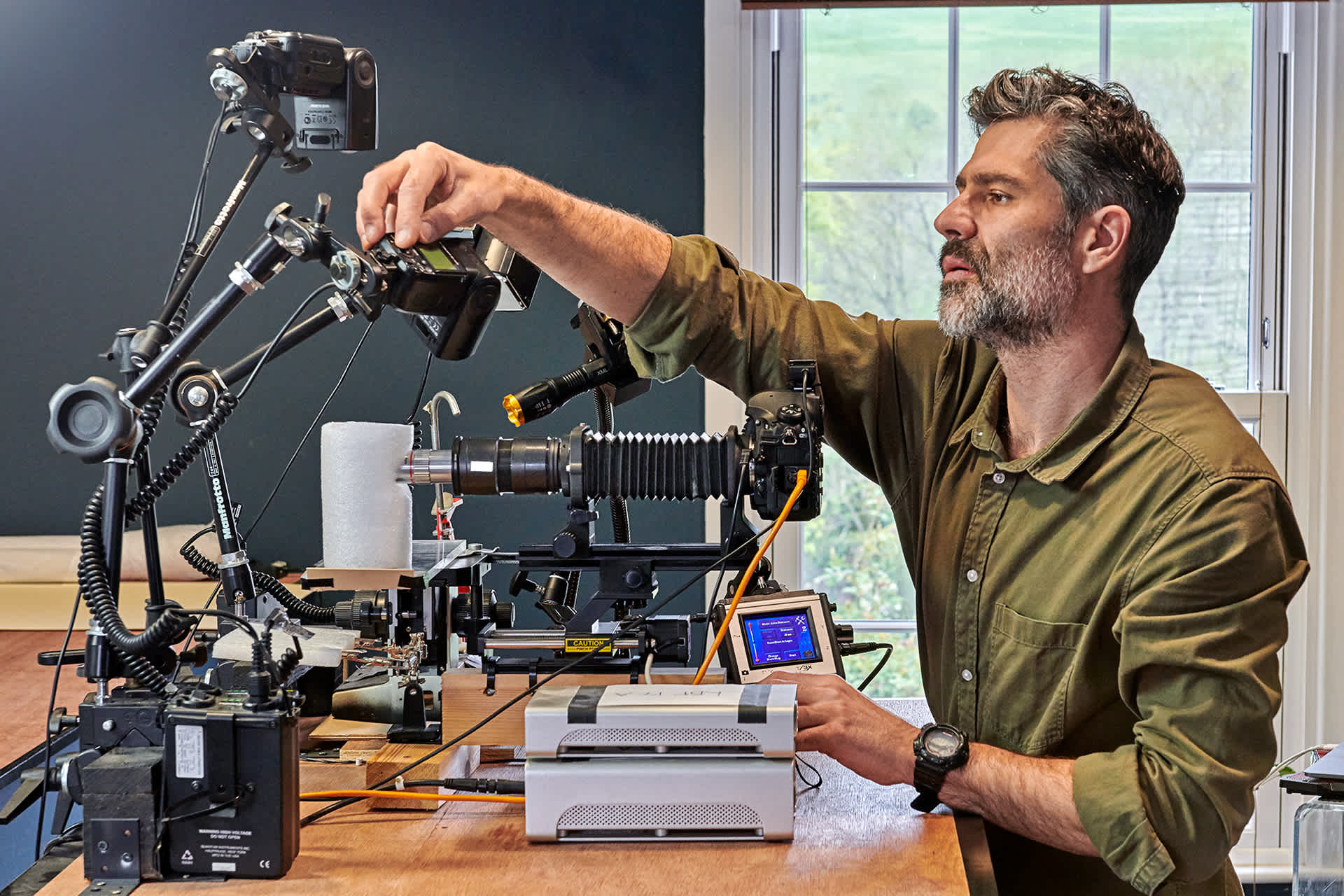
Where does inspiration come from? Photographer Levon Biss found it looking at beetles from his garden. He had recently bought a microscope for his son. For fun, they placed a beetle under the lens. “It blew me away,” Biss recalls. “It was just stunningly beautiful.” He wondered if he could capture that beauty in a photograph.
Until then, Biss had made a career as a commercial photographer. He had also done portraits of notable people, such as tennis player Serena Williams and French president Emmanuel Macron. But insects gave his work a new sense of purpose. Around the world, insect populations are in decline because of pesticides, habitat loss, and climate change. This is a big loss to our ecosystems. Insects pollinate the plants we eat. They break down waste in forest soil, and they’re food for larger animals. Biss thought that if people could see what he saw through his son’s microscope, they would care more about protecting insects.
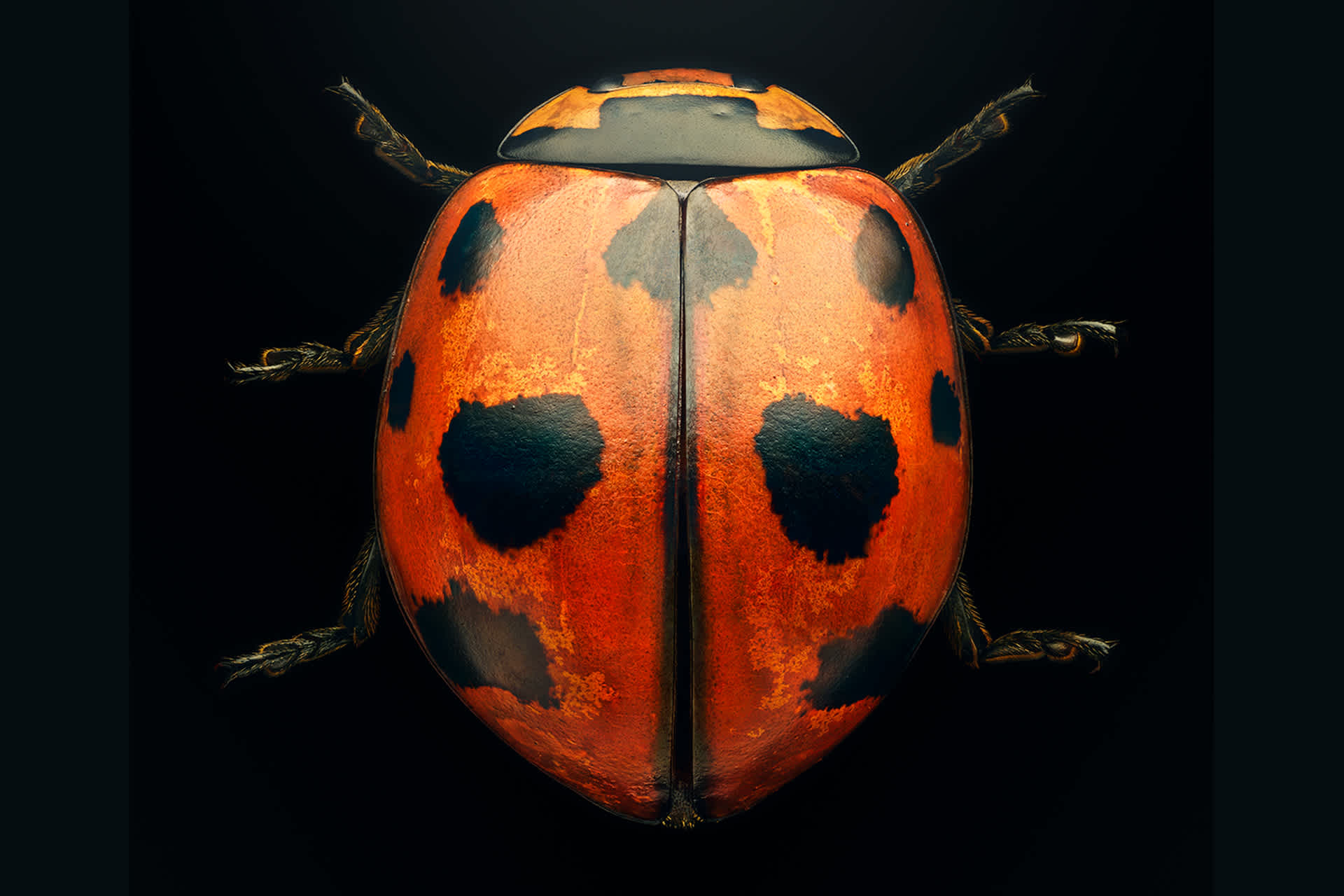
Biss turned to a type of photography that involves taking close-up pictures of small things, like flowers or bugs. This kind of photography has been around for a long time. But Biss’s work has attracted attention not just for its unusual beauty but because it raises awareness about conservation. “I've got a photographic technique and a skill that needs to be utilized,” he says. “If I can do this, I should use it for a better purpose.”
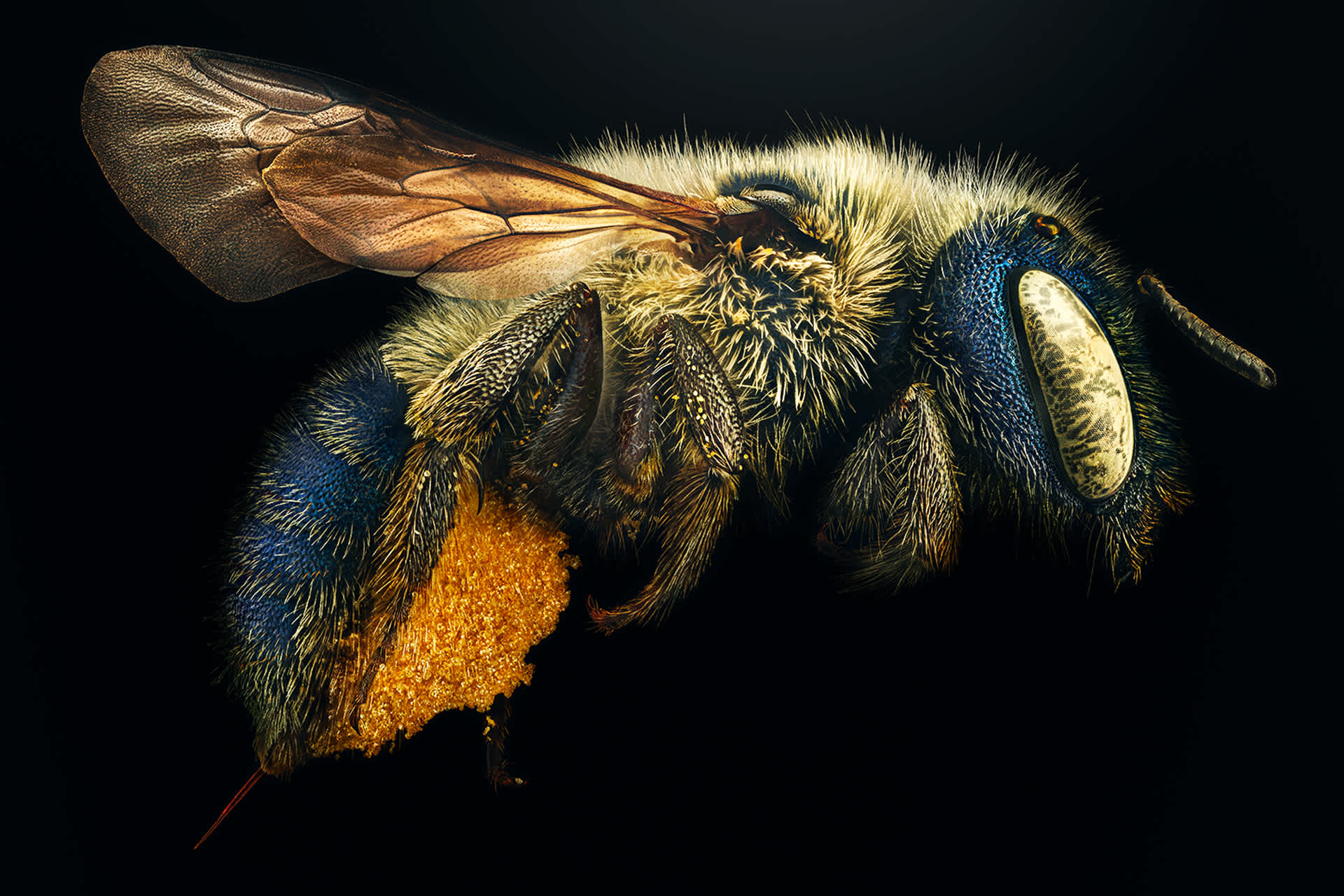
In 2016, Biss debuted his first insect project, Microsculpture. That’s a scientific term. It refers to the various features of an insect’s exoskeleton, or outer shell, that over time helped the bug adapt to its environment. Biss’s specimens came from the collection at the Oxford University Museum of Natural History, in England. His pictures show the insects in all their wonderful, microscopic detail. What makes them even more spectacular is that Biss blows them up into larger-than-life images. Some are eight feet tall. Millions of people have seen them in museums and galleries around the world.
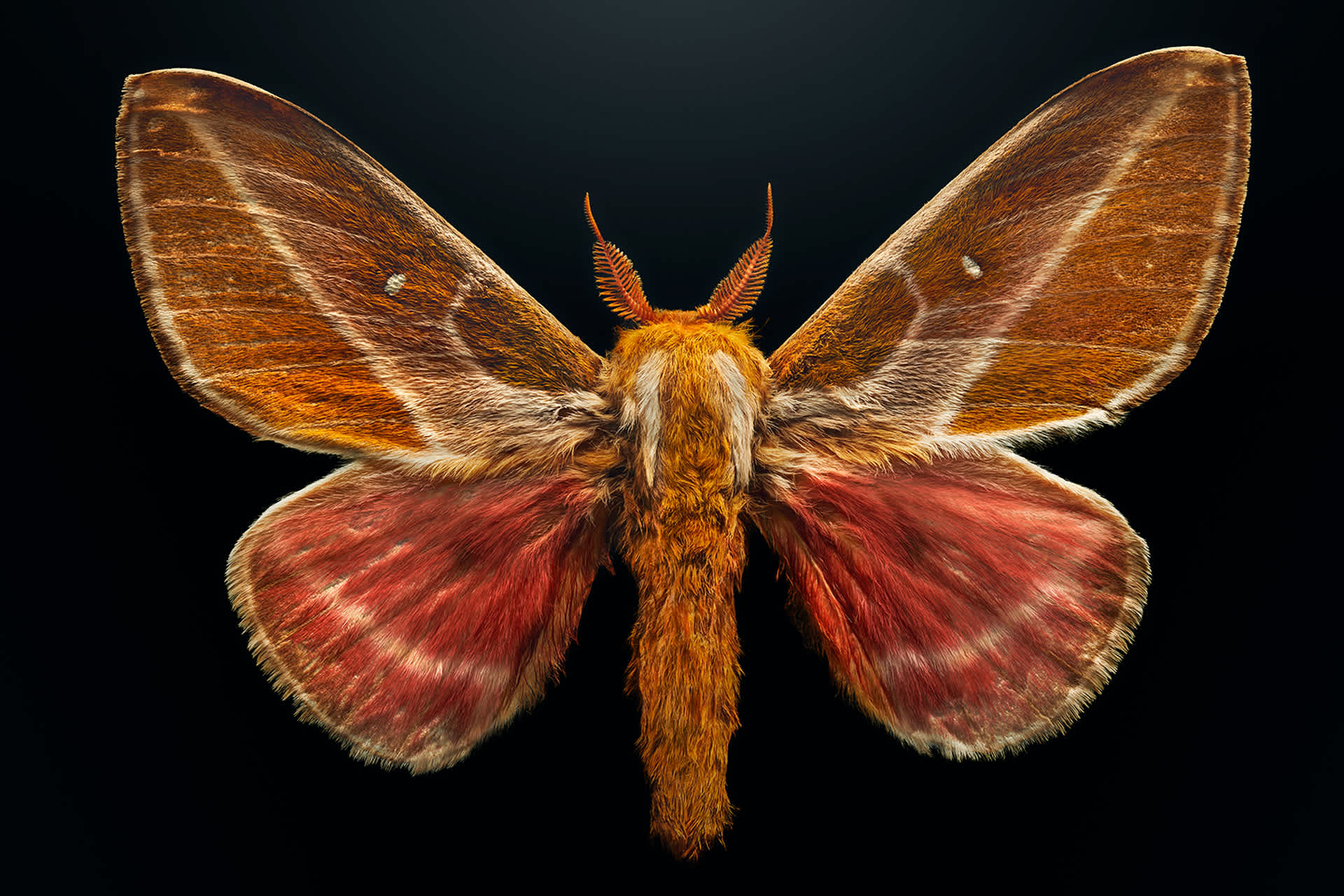
Creating these works is painstaking. Each image takes weeks to produce. Biss uses a digital camera with a microscope lens. The camera is mounted on an electronic rail. This allows Biss to take a shot, then move the camera by an increment of seven microns for the next shot. Seven microns is an incredibly short distance. It’s about 1/10 the thickness of a human hair. Biss will take hundreds of shots of a single part of a bug before moving on. In the end, he might take 10,000 shots of the bug. A computer puts this jigsaw puzzle together into a single, sharply detailed image.
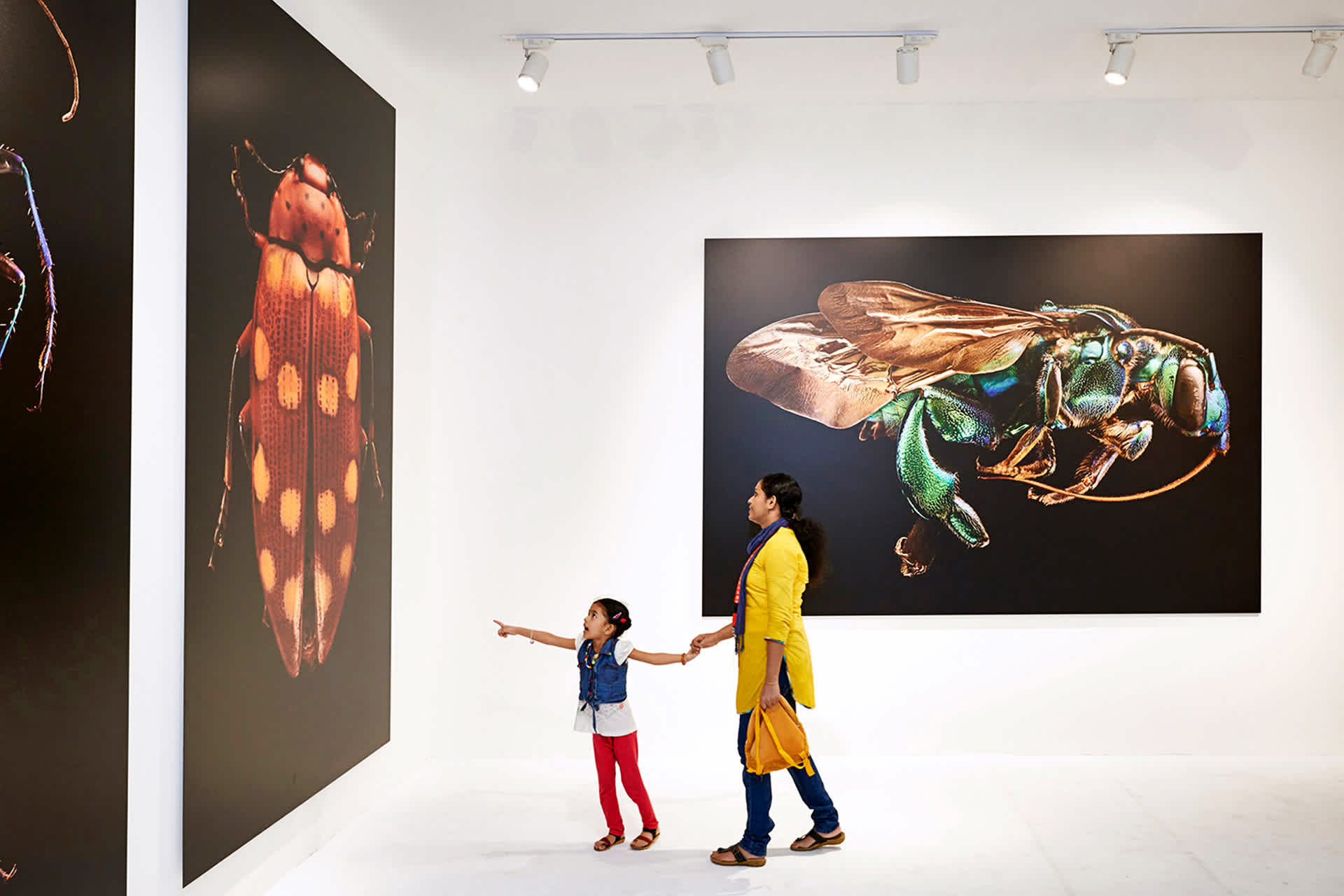
For his latest exhibition, Extinct and Endangered, Biss photographed bugs from the collection at the American Museum of Natural History, in New York City. With the help of the museum’s scientists and curators, he selected bugs that were either extinct or endangered. Some of the specimens were so fragile that they had to be hand-carried from New York to Biss’s studio in England. “It's a humbling experience, when you’re holding an insect that’s extinct,” Biss says. “The human species is responsible for the current insect crisis. It’s sad to know this insect will never be on this planet again.”
Biss hopes his photographs will get people thinking the same way. Then he will have played a part in solving this crisis. “I'm not a scientist. I haven't got all the answers,” he says. “The way I work is through pictures. I communicate visually, the way a writer communicates through words. Hopefully, these pictures can shake things up and get people to pay attention.”

